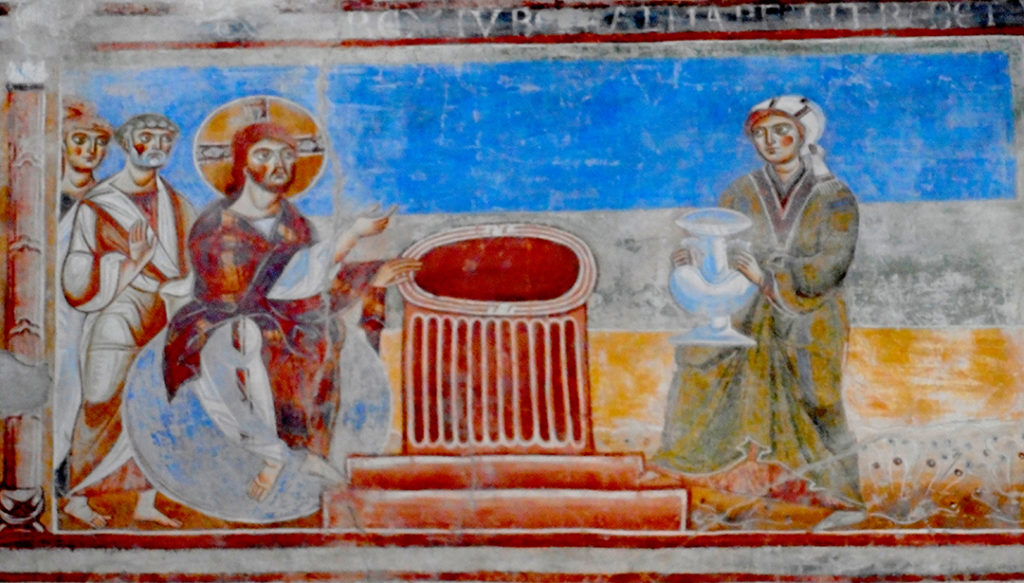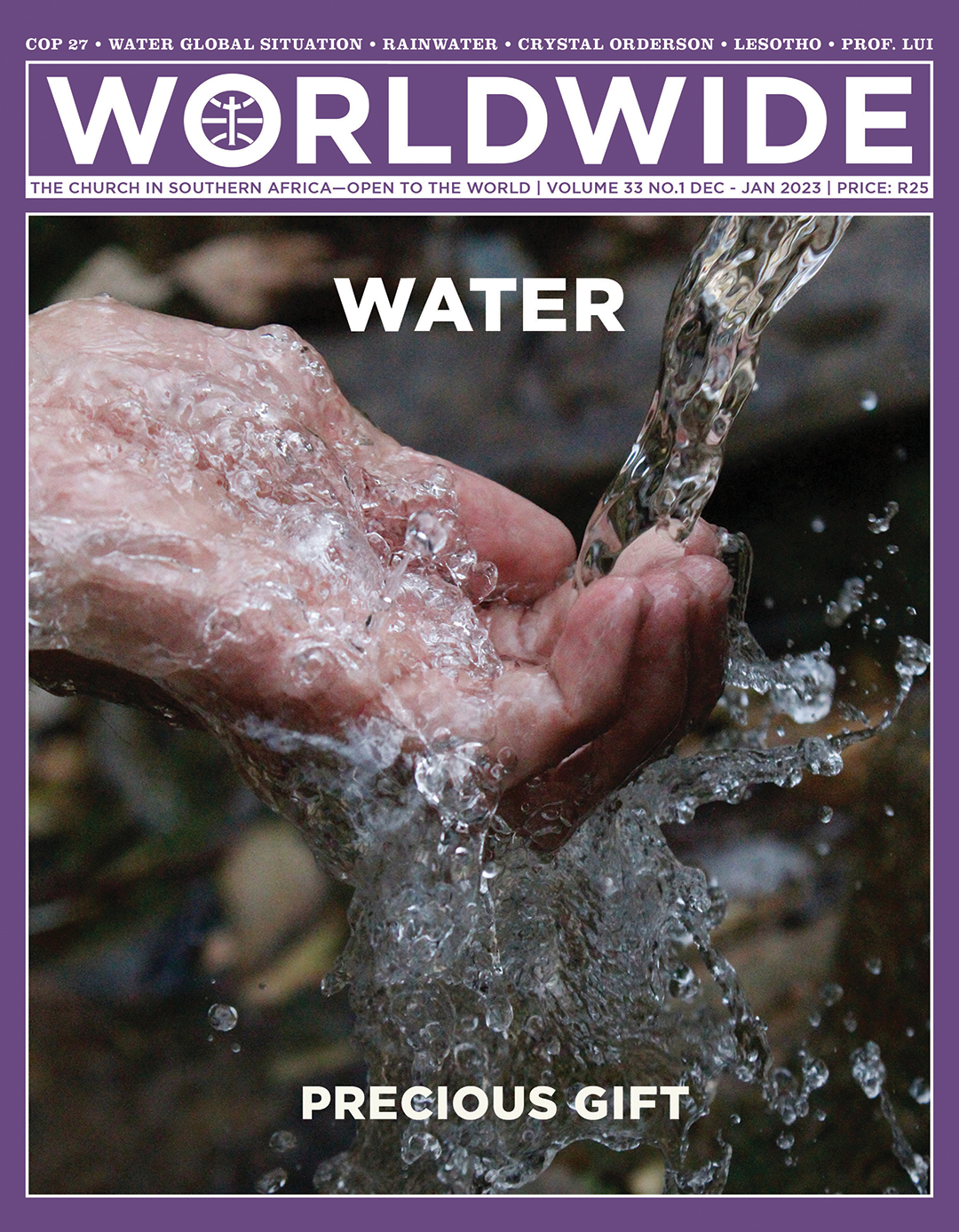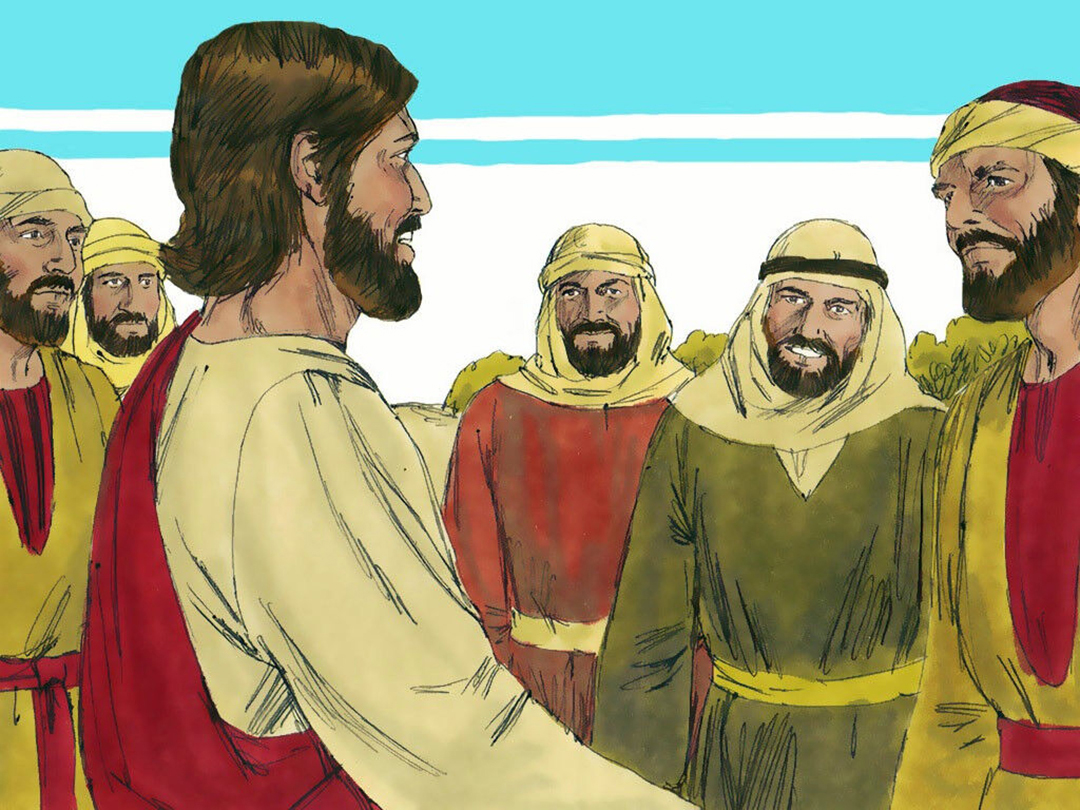THE LAST WORD • the samaritan woman

If only you knew the gift of God (Jn 4: 1–42)
BY Fr Silvano Fausti SJ | Biblist and writer
AFTER THE encounter at night with Nicodemus, the man of the law, and John, the prophet, Jesus meets a woman of Samaria. It is not the female version of the same journey of faith. If Nicodemus and John represent Israel’s typical religious itinerary, this woman represents the more universal faith journey, which starts from our common ‘thirst’ and the ‘water’ that quenches it. Even those who know the law and the prophets, approach God only through the thirst for their deepest desires.
After the prologue (Jn 1: 1–18), the underlying protagonist of John’s Gospel is the water, the origin of life. In chapter 1, John is baptising as he meets Jesus; in chapter 2, the water for purifications is transformed into beautiful wine at Cana; in chapter 3, the rebirth from water and the Spirit; in chapter 5, the pool of Bethesda where Jesus heals the crippled man who has been waiting for the prodigious water.
The encounter between Jesus and the Samaritan woman takes place in solitude. Jesus speaking to her, arouses wonderment in her, as well as in the disciples (cf. Jn 4: 9, 27). In Jesus’ culture, a teacher would not talk to a woman in the street; even a husband would only address his wife in the privacy of their home.
The narrative is a love story, a dialogue in which Jesus offers His gift to the woman
One goes to the well in the cool hours of dawn and dusk. Why does this woman come at noon, when she is sure to meet no other women? What water does she desire in the hour of heat and thirst? Jesus’ question, “Give me a drink” seems strange to her. It sounds like the advances of someone who wants to approach her. She gets it right. It is indeed the beginning of a courtship. At the edge of the well, Jacob had courted Rachel (Gen 29: 9ff; cf. Gen 24) and Moses the seven daughters of Reuel (Ex 2: 10–22). Jesus, unlike them, does not exhibit strength and courage, but weakness. Tired and forlorn, He is thirsty, like the woman who comes to draw water.
Every word, if not a hidden allusion, is a blatant misunderstanding. Misunderstandings open the horizon to the different; they bring novelty and are actually a fruitful place of intelligence, love and life.
The text begins with a game of misunderstandings about water (vv. 7ff). Beyond the well of material water is that of the law, whose water is the word of life. There is also the deep well, the woman’s heart, which, in turn, points to a more abysmal mystery, from which all existence springs. There is another water, that the woman, despite having had six men, has not yet found. It is the water for which Jesus also thirsts: the love between Bridegroom and bride. The misunderstandings, after water, focus on husband and husbands (vv. 16ff); and, later on, on the various places and ways of worshipping God (vv. 20ff), finally reaching food and harvest (vv. 27ff). Water and bread, love and God, are basic human needs, the primary site of misunderstandings and understanding among human beings.
The various themes are intimately connected, in a succession of images referring back to each other, in precise order where the one that follows, develops the one that precedes. Each misunderstanding results in a further understanding of Jesus, recognised first as the One who gives living water (v. 15), then as a prophet (v. 19), later as the Messiah and I AM (v. 26) and, finally, as the Saviour of the world (v. 42).
The figures and symbols that come into play are suggestive and eloquent: thirst and water, man and woman, the bridegroom and the various husbands, the temple in Spirit and truth, and the various temples, food and the will of God, the toil of sowing and the joy of harvest. These are fundamental realities and everyone has a limited experience of them.
The narrative is a love story, a dialogue in which Jesus offers His gift to the woman; a gradual journey which culminates in her recognizing Jesus as the world’s Saviour. Jesus is the spring of living water, the Bridegroom who seeks the unfaithful bride to give her His love. In Him, true worship is fulfilled: love toward the Father, which nourishes that toward the brethren, without religious, ethnic or cultural distinctions.
The Church, like the woman of Samaria, finds in Jesus the Bridegroom who redeems her from her failures and gives her His Spirit as Son, to love the Father and the brethren.


